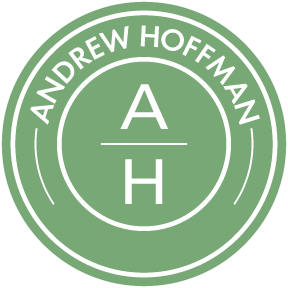What makes a healthy neighborhood, healthy?
One of my favorite projects that I worked on at NeighborLink is this study on what makes healthy neighborhoods, healthy? It was my attempt at trying to gain a better understanding of why we celebrate some neighborhoods more than others when the data and antidotal evidence doesn’t support the praise at the same level. Same goes for neighborhoods that get a negative connotation. They are filled with some of the most dedicated and wonderful people that overwhelm the negativity with positivity.
This summary report is worth reading to learn more about what stood out to the neighbors. Here is info from our post on the NeighborLink website in 2019.
For the past 15 years, NeighborLink has met the needs of vulnerable homeowners with volunteer service. Just since November 2010, NeighborLink has completed over 7,554 projects in Fort Wayne. That means we’ve heard over 7,554 stories and accomplished over 7,554 acts of kindness. This also means NeighborLink has had an intimate glimpse into the inner workings of neighborhoods through being a neighbor and connecting its neighbors.
This glimpse has exposed some fundamental questions:
Why do neighborhoods differ so drastically from block to block?
Why does the media seem to report negatively on some neighborhoods more often than others?
Why does economic and community development seem to forget certain parts of the city?
Why do the desires of the neighborhood residents often differ from the prescription of outside experts?
All of these questions have distilled down to one main question at NeighborLink:
What makes a healthy neighborhood, healthy?
In an effort to answer this question, we contracted Purdue University Fort Wayne's Community Research Institute to partner with us on a comprehensive research project that gathered relevant quantitative data about each neighborhood and combined it with the qualitative data collected through various neighborhood meetings and interviews we held.
Perceived ‘healthy' neighborhoods are ones with positive attention, ones where economic development and community development is occurring, but how different are these neighborhoods really from other neighborhoods? We wanted to find out whether the neighborhoods many consider ‘unhealthy’ have the same characteristics that the ‘healthy’ neighborhoods have, and if not, why not. To accomplish this we have undertaken a two-year study of five different neighborhoods in Fort Wayne.
We, at NeighborLink, are committed to increasing our capacity to foster long-term change by equipping and empowering neighbors to know and help each other. The only way to accomplish this is to get to know these neighbors ourselves. We need to know more about their neighborhoods, what motivates them, what they think their assets are, and what they believe they really need from outside help.
Neighborhoods Researched:
Hoagland Masterson
North Highlands
Pettit-Rudisill
West Central
Williams Woodland Park
THANK YOU
This project was made possible by a capacity building, Inspire Grant from the Foellinger Foundation. This report outlines our learnings from phase one of a two-part research project and will inform the direction of phase two to be announced in early 2020.
To learn more about Phase 1 findings, you can download the report by clicking here.

